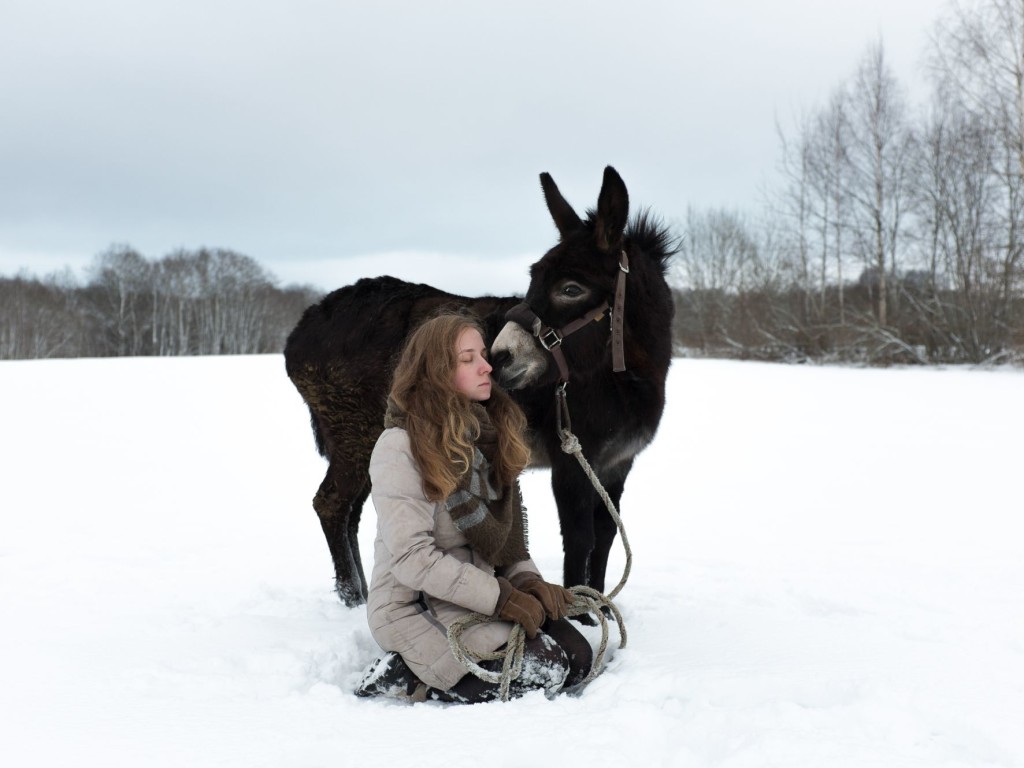LEICA OSKAR BARNACK AWARD 2018
The ‘Leica Oskar Barnack Award’ main category goes to Belgian photographer Max Pinckers for his series entitled Red Ink.
North Korea is one of the nations that is most cut off from the rest of the world. Though one might be under the impression that the regime has been allowing more photographers into the country in recent times, this is misleading. The only chance a photographer might have to take pictures independently would be if he or she manages to re-direct the supervisor’s eagle eyes, or if an unexpected situation, which the supervisor could not have foreseen, arises. Pinckers was in North Korea on assignment for The New Yorker weekly magazine, accompanying journalist Evan Osnos on a four-day trip at the height of the August, 2017 propaganda conflict with the USA. From the outset, Pinckers never imagined that there would be any way for him to get a glimpse behind the government’s carefully erected scenes. Instead – and just like he might do for a fashion shoot – he used the flash to underline the staged aspect of each situation.
In the category ‘Leica Oskar Barnack Award Newcomer’ for up-and-coming professional photographers aged up to 25, the Russian photographer Mary Gelman won with his series Svetlana. Svetlana is a facility run by the anthroposophic Camphill movement, and lies about 150 kilometres east of St. Petersburg. For nearly two years, Mary Gelman returned frequently to visit the place – a wholistic children’s initiative where handicapped people can live and work free of any prejudice or discrimination.
The exhibition will include also the other 10 finalists: Ernesto Benavides, Vanja Bucan, Turi Calafato, Daniel Chatard, Stephen Dock, Samuel Gratacap, Sthéphane Lavoué, Elsa Stubbe, Christian Werner, Kechun Zhang.






